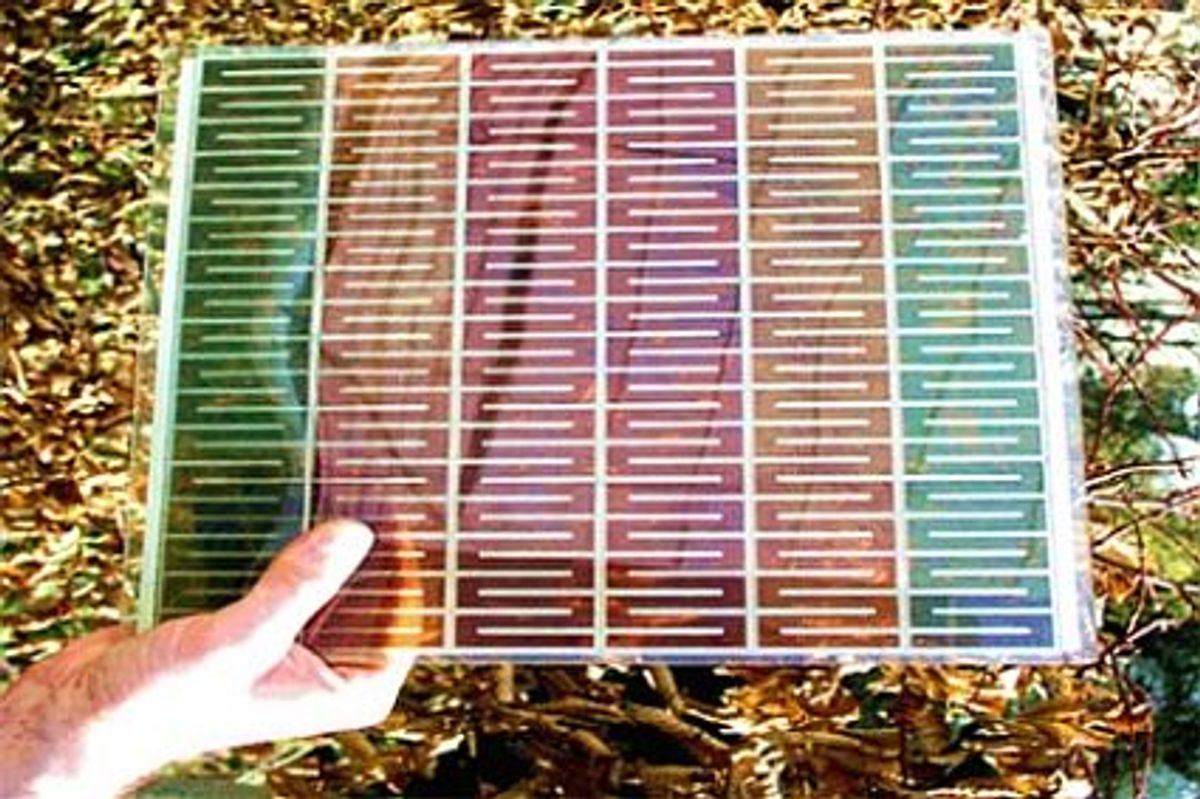Noted New York Times columnist and Nobel Prize winner, Paul Krugman has weighed in on the subject of solar power with somewhat mixed results.
He somehow believes that maintaining Moore’s Law over the past half century does not indicate an impressive “mastery of the material world”:
“Moore’s Law — in which the price of computing power falls roughly 50 percent every 18 months — has powered an ever-expanding range of applications, from faxes to Facebook.
Our mastery of the material world, on the other hand, has advanced much more slowly. The sources of energy, the way we move stuff around, are much the same as they were a generation ago.”
I suppose Prof. Krugman believes that the doubling of the number of transistors on a chip every two years comes solely from software developments.
But all of this the Nobel laureate presents to us only so he can introduce the concept of “Moore’s law in solar energy,” which a regular reader of Spectrum will know has not tracked as regularly as some pundits have suggested and may have fallen completely out of sight in the views of most.
Nonetheless Prof. Krugman is correct that the overall trend in the last 25 years has been a reduction in the costs of photovoltaics. But he runs afoul of sound reasoning when he chalks up the lack of greater adoption of solar power with this decreasing price trend—especially within the power grid—to the good old fossil fuel conspiracy.
I am afraid it is a bit more complex than that and part of it leads back to the subject he made a hash of at the beginning of his editorial: material science.
There is even a vocal segment that believes the nanotechnology solutions that could offer a cheap and highly efficient material for converting the sun’s energy into electricity should be banned because they cause more harm than good. So much for appealing to the sensibility of the so-called environmentalist.
I would like to suggest to Prof. Krugman that instead of railing against the evil intentions of oil producers, he look at some new proposals for ensuring that the technological innovations we need are developed rather than merely promised for some point in the future or their absences blamed on flimsy conspiracy theories.
Dexter Johnson is a contributing editor at IEEE Spectrum, with a focus on nanotechnology.




